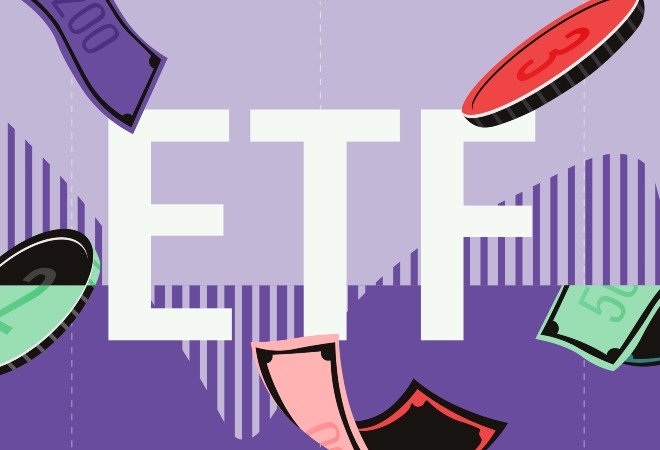This week Morningstar.co.uk is bringing you simple solutions from the experts about where you should put your money and why.
Emma Wall: Hello and welcome to Morningstar Series, Ask the Expert. I am Emma Wall and I am joined today by Jeff Stafford, Senior Equity Analyst for Morningstar. Hi, Jeff.
Jeffrey Stafford: Hi, thanks for having me.
Wall: So we've just heard you talk at the Morningstar Investment Conference, about the themes within emerging markets with food consumption and how these create investment opportunities. I thought perhaps you could run down for our readers, the key changes in emerging market diets.
Stafford: So, one of the big stories of the last decade in global food and agriculture was really China, much of the growth was driven by China. We think India and sub-Saharan Africa will replace China as the main protagonists in this growth story going forward. On kind of the total basis from the five regions that we covered, we expect incremental calories demanded over the last decade to roughly equal calories demanded over the next decade.
Now that implies a lower growth rate because we're growing off a higher base but the incremental gains and caloric consumption over the next decade will still be massive and big enough to kind of drive these big global changes within food categories. Some of the highest growth categories we see are for example, milk and beer. And milk in particular because it has a very high income elasticity of demand in many these emerging countries like China and India. So what that means is as incomes continue to increase, you get higher growth in milk consumption than you would in other food categories say vegetables or fruits.
Wall: This is really a play on that theme. We've here been hearing so much over the last decade the growth of middle class in emerging market, and you can see direct correlation between increased household income and increased consumption of these Western-types foods.
Stafford: Right, exactly. So as you move for example, from low income to middle income, there is kind of big gains across many these categories. As incomes improve from kind of the lowest levels, people start to eat a lot more. But even from middle income to high income, there is still growth to be had certainly in food categories of like higher value items, milk as I already mentioned. There's still incremental growth in meat as we move from mid-to high incomes.
So, I think there still are opportunities even in places where in China – like China, where kind of total caloric intake may plateau. We still expect big shifts in dietary mix. So, while how much China eats may not be that different going forward. What China easts will be very different going forward.
Wall: I think you made the very interesting point that we should remember of the religious impact on these food stuffs. So, milk is a very good one, as you pointed out because it's not restricted by the religious mix of the population in Hindu and Muslim, which restricts certain meat intake.
Stafford: Right, exactly. And we see the same thing restricting beer consumption. So if you look at our forecast for global meat consumption going forward, we see continued significant gains in China. But you compare that to India, where 95% of the population is either Hindu or Muslim, that's significantly limits beef and pork consumption within the country and we don't see much incremental demand growth in meat consumption in India at all because it is a very vegetarian society. So, I think that's a great point.
Wall: So let's get to nitty-gritty then. Where are investment opportunities? What stock can people get their hands on to play this theme?
Stafford: So, we like to highlight a couple of wide moat companies in this space. Companies that I cover on agriculture side, those are, Monsanto (MON) and Potash Corp (POT). Both, as I said are wide moat and both are trading for less than what we think they are worth today. So there is opportunities there for Monsanto, on the biotech seed side, as it continues increase penetration in some of these emerging markets, and also for Potash Corp, as a global food demand continues to increase for that company to fill capacity expansion products that it's already built and increase its revenues and profits through those filling of those expansion.
Wall: Jeff, thank you very much.
Stafford: Thanks for having me.
Wall: This is Emma Wall for Morningstar. Thank you for watching.





























